304 Stainless Steel Welded Furniture Metal Parts;304 stainless steel stamping parts;SECC Furniture Metal Parts;Welded Furniture Metal Parts;
304 Stainless Steel Welded Furniture Metal Parts;304 stainless steel stamping parts;SECC Furniture Metal Parts;Welded Furniture Metal Parts;
- Overview
- Description
- Details
- Inquiry
- Related Products
| High Light: | 304 Stainless Steel Furniture Metal Parts Welded Furniture Metal Parts Powder Coating Cabinet Door Hinge |
| Material: | Stainless Steel, SECC, Carbon Steel, SPTE |
| Finished: | Sandblasting Anodic Oxidation |
| Color: | Silver/red/black/colorful |
| Process: | Cnc Machining, Turning CNC Parts, CNC Milling, Turning, According To The Workpiece And Precision |
| Surface Treatment: | Powder Coating |
| Size: | Customer's Requst |
| Place of Origin: | China Shenzhen |
| Brand Name: | TOPWELL |
| Certification: | ISO9001 |
| Minimum Order Quantity: | 100 pcs |
| Price: | USD0.5-30 pcs |
| Packaging Details: | 32*23*17cm |
| Delivery Time: | 5-8 work days |
| Payment Terms: | T/T |
| Supply Ability: | 10000 pcs days |
Description
Grade 304 is the standard "18/8" austenitic stainless; it is the most versatile and most widely used stainless steel, available in the widest range of products, forms and finishes. It has excellent forming and welding characteristics.
Grade 304L, the low carbon version of 304, does not require post-weld annealing and so is extensively used in heavy gauge components (about 5mm and over). Grade 304H with its higher carbon content finds application at elevated temperatures. The austenitic structure also gives these grades excellent toughness, even down to cryogenic temperatures.
Grade 304 can be severely deep drawn without intermediate annealing, which has made this grade dominant in the manufacture of drawn stainless parts such as sinks, hollow-ware and saucepans. For severe applications it is common to use special "304DDQ" (Deep Drawing Quality) variants.
Corrosion Resistance
Very good in a wide range of atmospheric environments and many corrosive media. Subject to pitting and crevice corrosion in warm chloride environments, and to stress corrosion cracking above about 60°C. Considered resistant to pitting corrosion in potable water with up to about 200mg/L chlorides at ambient temperatures, reducing to about 150mg/L at 60°C. Consult Atlas Technical Assistance for specific environmental recommendations.
There is usually no difference in corrosion resistance between 304 and 304L.
Heat Treatment
Solution Treatment (Annealing) Heat to 1010-1120°C and cool rapidly. These grades cannot be hardened by thermal treatment.
Heat Resistance
Good oxidation resistance in intermittent service to 870°C and in continuous service to 925°C. Continuous use of 304 in the 425- 860°C range is not recommended if subsequent aqueous corrosion resistance is important. Grade 304L is resistant to carbide precipitation and can be heated into this temperature range.
Grade 304H has higher strength at elevated temperatures so is often used for structuraland pressure-containing applications at temperatures above about 500°C and up to about 800°C. 304H will become sensitised in the temperature range of 425-860°C; this is not a problem for high temperature applications, but will result in reduced aqueous corrosion resistance.
Machining
A "Ugima" improved machinability version of grade 304 is available in bar products. "Ugima" machines significantly better than standard 304, giving higher machining rates and lower tool wear in many operations.
Welding
Excellent weldability by all standard fusion methods, both with and without filler metals. AS 1554.6 pre-qualifies welding of 304 with 308, and 304L with 308L rods or electrodes (or their high silicon equivalents). Heavy welded sections in Grade 304 may require post-weld annealing for maximum corrosion resistance. This is not required for Grade 304L. Grade 321 may also be used as an alternative to 304 if heavy section welding is required and post- weld heat treatment is not possible.
"Dual Certification"
It is common for 304 and 304L to be stocked in "Dual Certified" form, particularly in plate, pipe and round bar. These items have chemical and mechanical properties complying with both 304 and 304L specifications. Such dual certified product may be unacceptable for high temperature applications.
Typical Applications
Food processing, transport and storage equipment, particularly in beer brewing, milk processing and wine making. Kitchen benches, sinks, troughs, equipment and appliances. Architectural panelling, railings & trim. Chemical containers, including for transport. Heat Exchangers. Woven or welded screens. Threaded fasteners. Springs.
Specified Properties
These properties are specified for flat rolled product (plate, sheet and coil) in ASTM A240/A240M. Similar but not necessarily identical properties are specified for other products such as pipe and bar in their respective specifications. Minor changes to 304 and 304L composition limits were made in 2006-7 to harmonise with similar grades specified in ISO and European standards.
Mechanical Property Specification (single values are minima except as noted)
Grade | Tensile Strength (MPa) min | Yield Strength 0.2% Proof (MPa) min | Elongation (% in 50mm) min | Hardness | |
Rockwell B (HR B) max | Brinell (HB) max | ||||
304 | 515 | 205 | 40 | 92 | 201 |
304L | 485 | 170 | 40 | 92 | 201 |
304H | 515 | 205 | 40 | 92 | 201 |
304H also has a requirement for a grain size of ASTM No 7 or coarser. | |||||
Composition Specification (%)
Grade | C | Mn | Si | P | S | Cr | Mo | Ni | N | |
304 | min. max. | - 0.07 | - 2.0 | - 0.75 | - 0.045 | - 0.030 | 17.5 19.5 | - | 8.0 10.5 | - 0.10 |
304L | min. max. | - 0.030 | - 2.0 | - 0.75 | - 0.045 | - 0.030 | 17.5 19.5 | - | 8.0 12.0 | - 0.10 |
304H | min. max. | 0.04 0.10 | - 2.0 | - 0.75 | - 0.045 | - 0.030 | 18.0 20.0 | - | 8.0 10.5 | - |
Grade Specification Comparison
Grade | UNS No | Euronorm | Swedish SS | Japanese JIS | |
No | Name | ||||
304 | S30400 | 1.4301 | X5CrNi18-10 | 2332 | SUS 304 |
304L | S30403 | 1.4307 | X2CrNi18-9 | 2352 | SUS 304L |
304H | S30409 | 1.4948 | X6CrNi18-11 | - | - |
These comparisons are approximate only. The list is intended as a comparison of functionally similar materials not as a schedule of contractual equivalents. If exact equivalents are needed original specifications must be consulted. | |||||
Physical Properties(typical values in the annealed condition)
Grade | Density (kg/m3) | Elastic Modulus (GPa) | Mean Coefficient of Thermal Expansion | Thermal Conductivity | Specific Heat 0-100°C ( J/kg.K) | Electrical Resistivity (nW.m) | |||
0-100°C (mm/m/°C) | 0-315°C (mm/m/°C) | 0-538°C (mm/m/°C) | at 100°C (W/m.K) | at 500°C (W/m.K) | |||||
304/L/H | 7900 | 193 | 17.2 | 17.8 | 18.4 | 16.3 | 21.5 | 500 | 720 |
Possible Alternative Grades
Grade | Why it might be chosen instead of 304 |
301/L | A higher work hardening rate grade is required for roll formed or stretch formed components. |
F20S | Lower cost needed in thin gauge sheet and coil. Durinox F20S also has easier fabrication. |
303 | Higher machinability needed; lower corrosion resistance, formability & weldability are acceptable |
316 | Higher resistance to pitting and crevice corrosion is required, in chloride environments |
253MA | Better resistance high temperatures is needed. 253MA is optimised for temperatures to 1150°C. |
430 | A lower cost is required, and the reduced corrosion resistance and fabrication characteristics are acceptable. |
Details
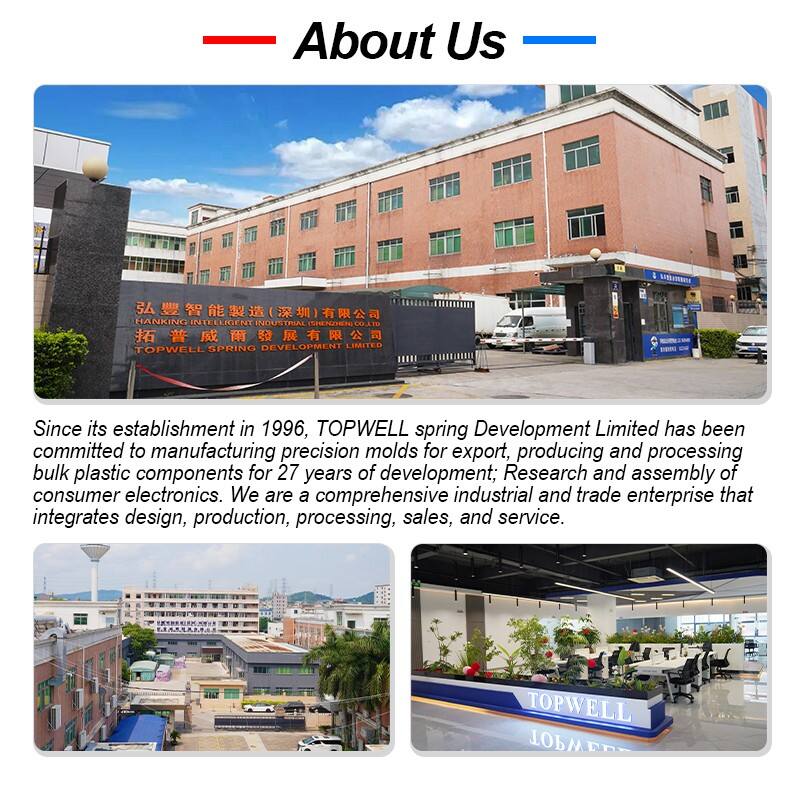
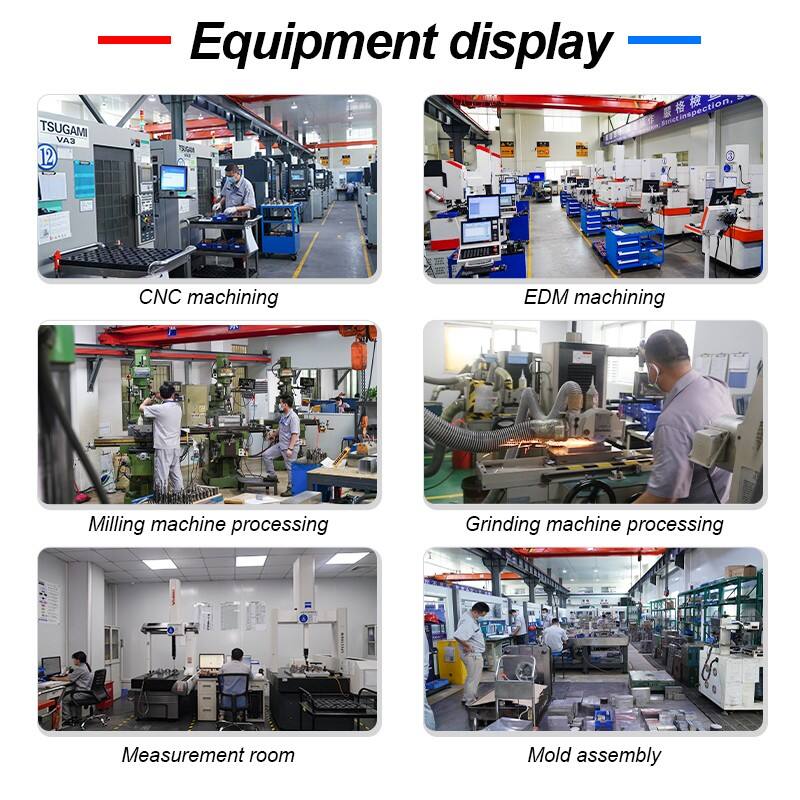
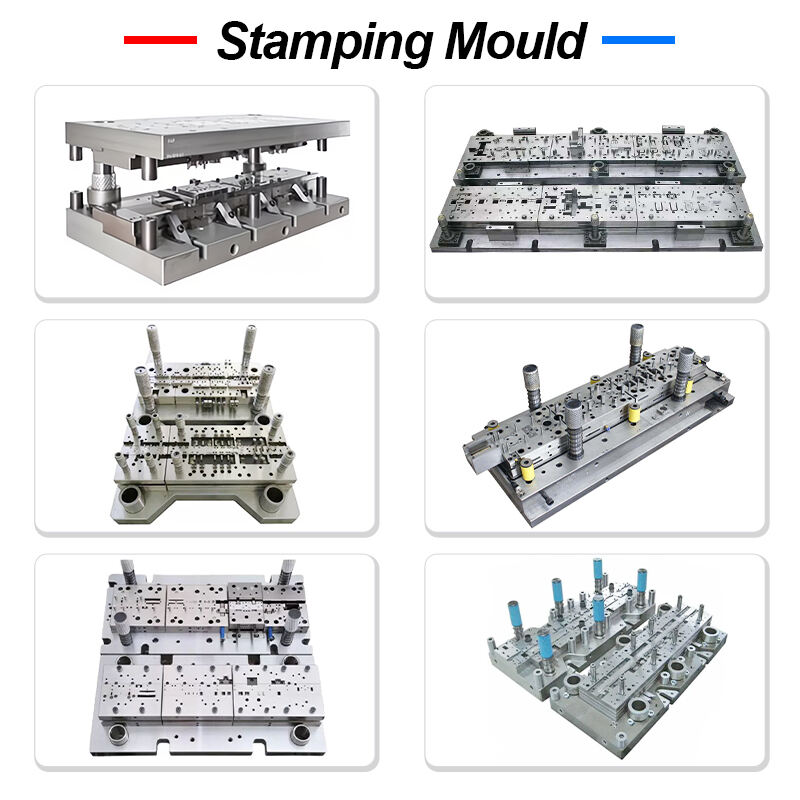
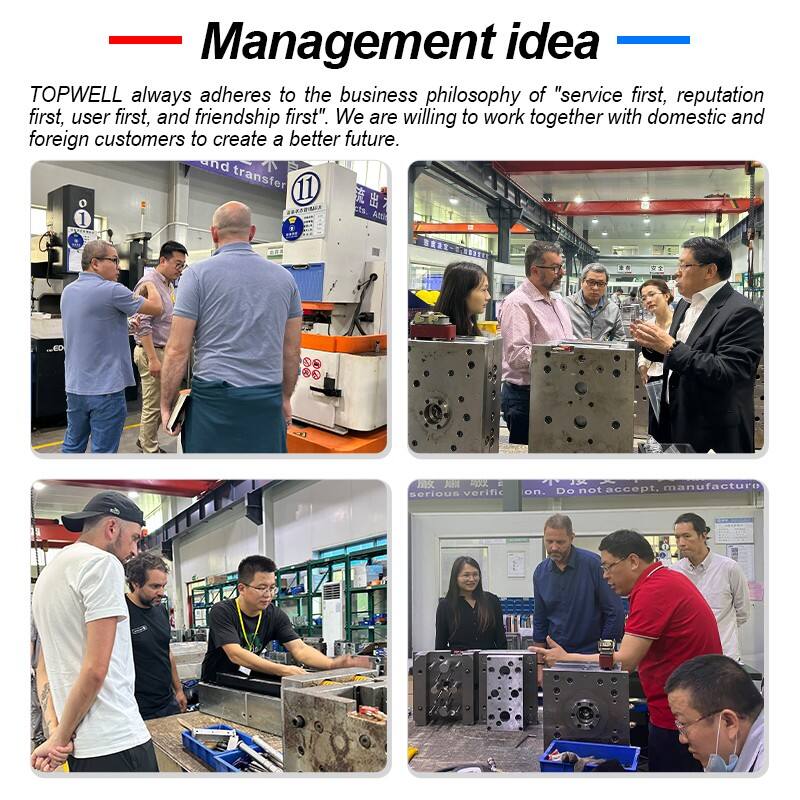
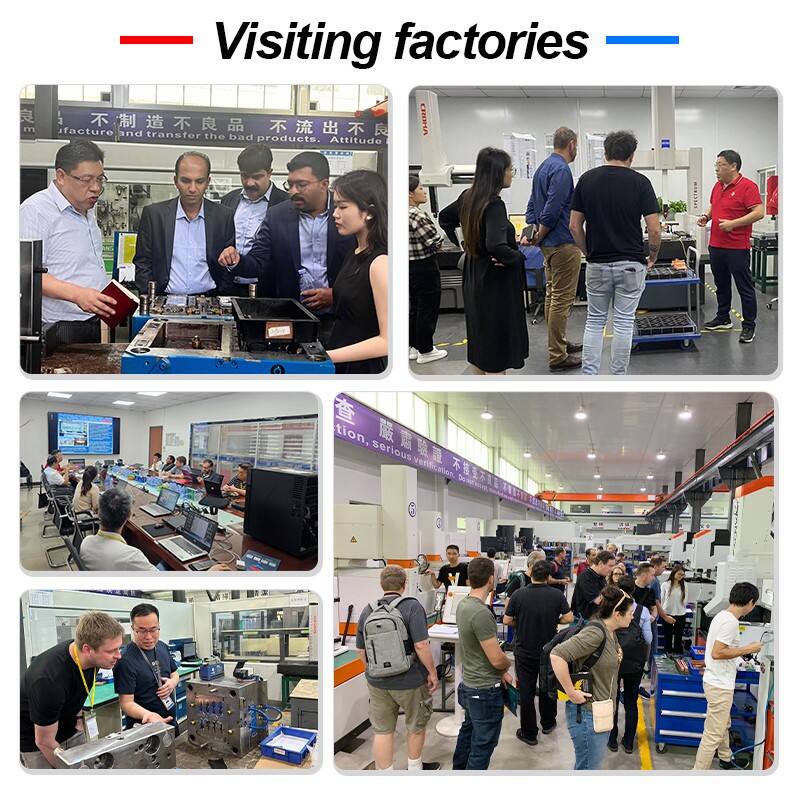
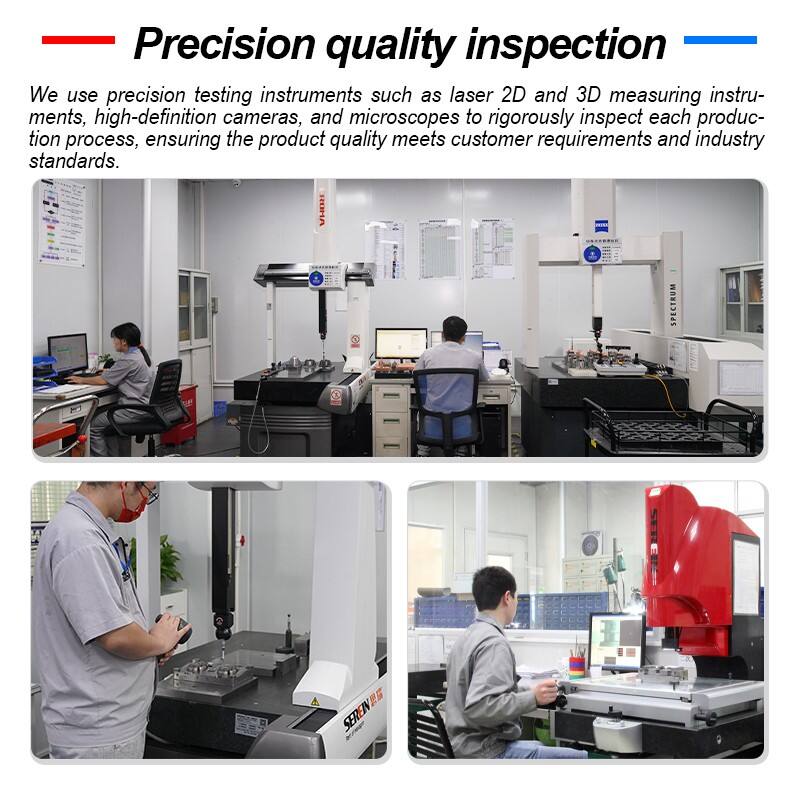
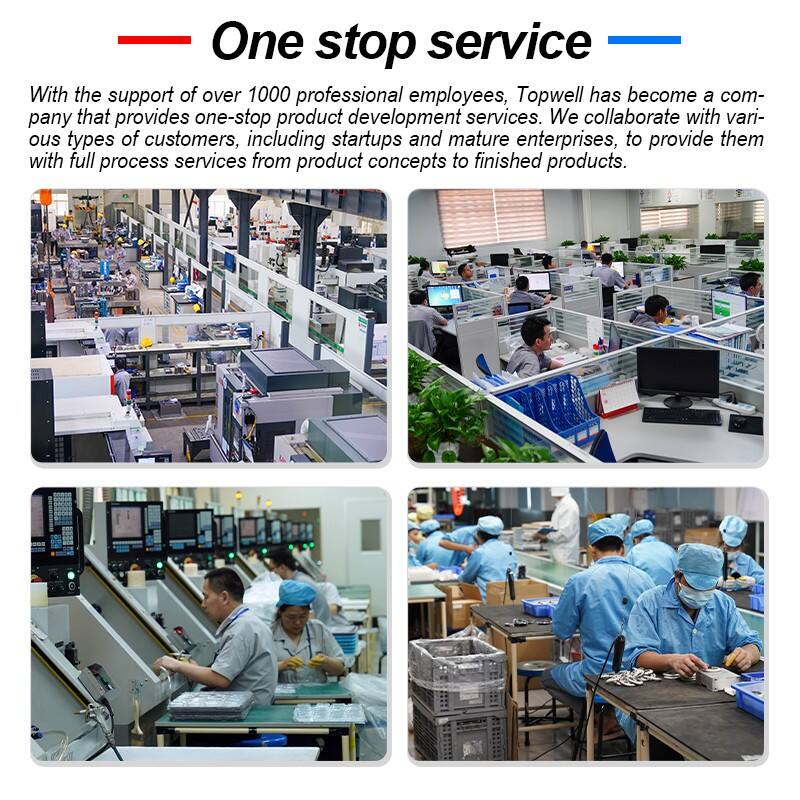
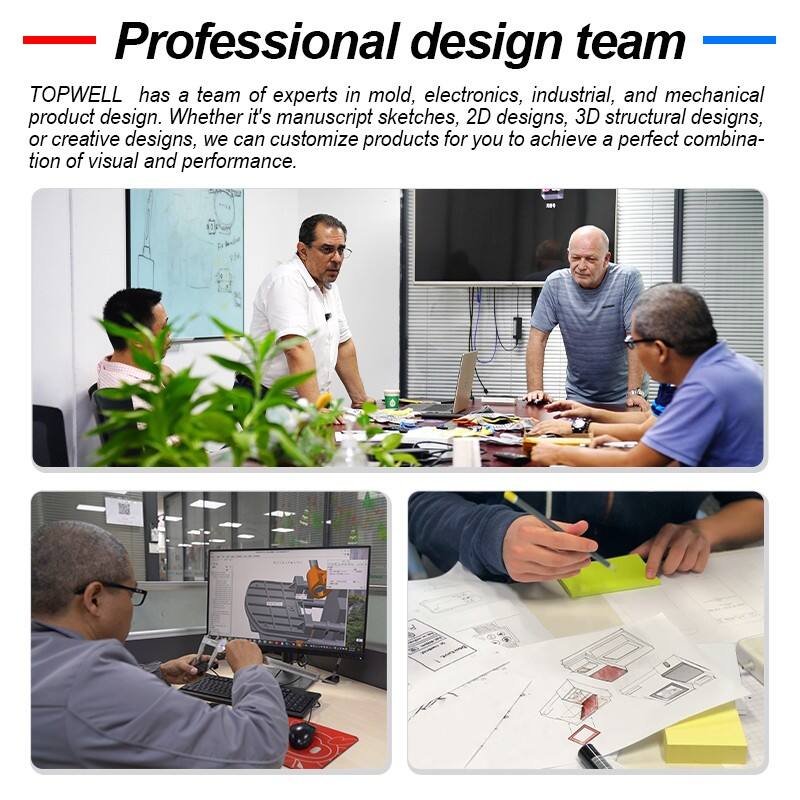
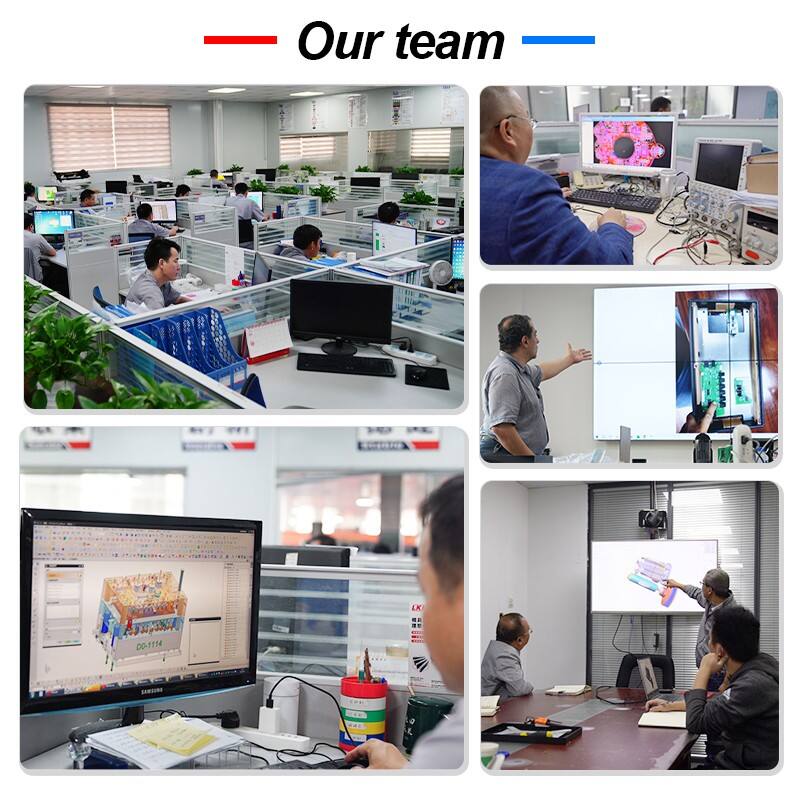
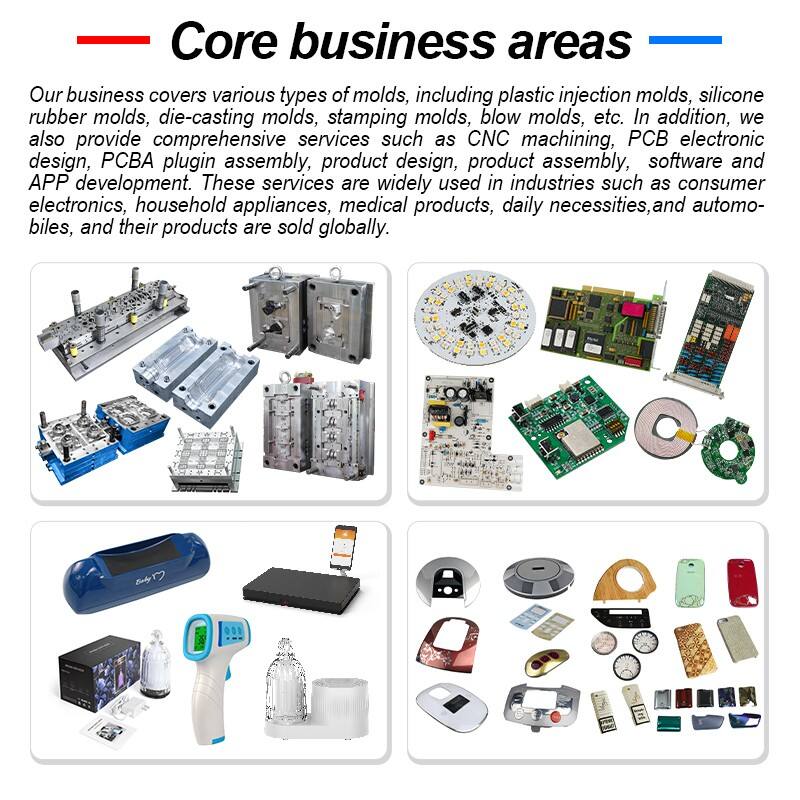
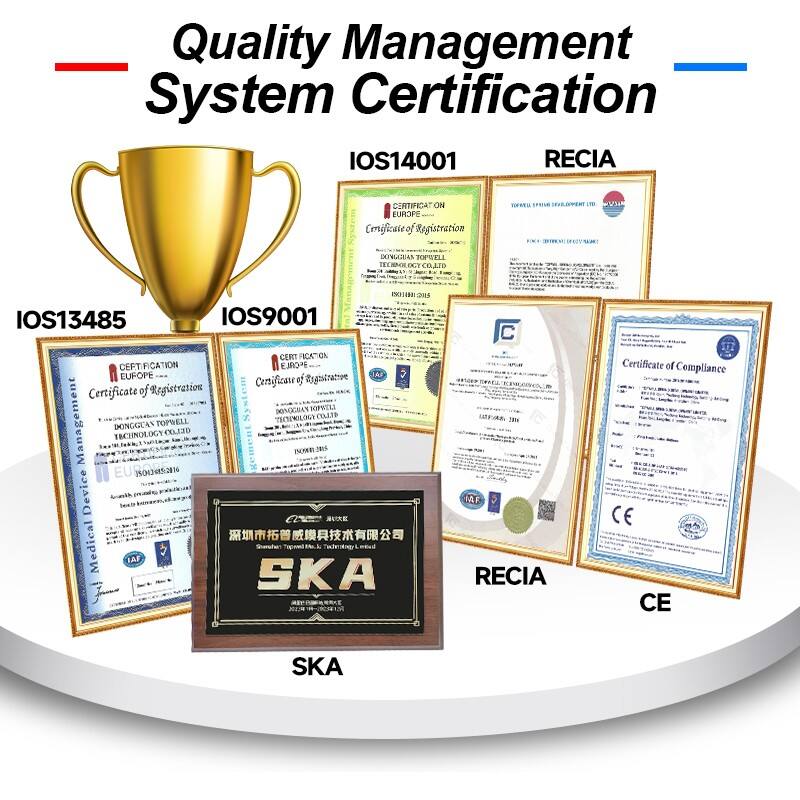
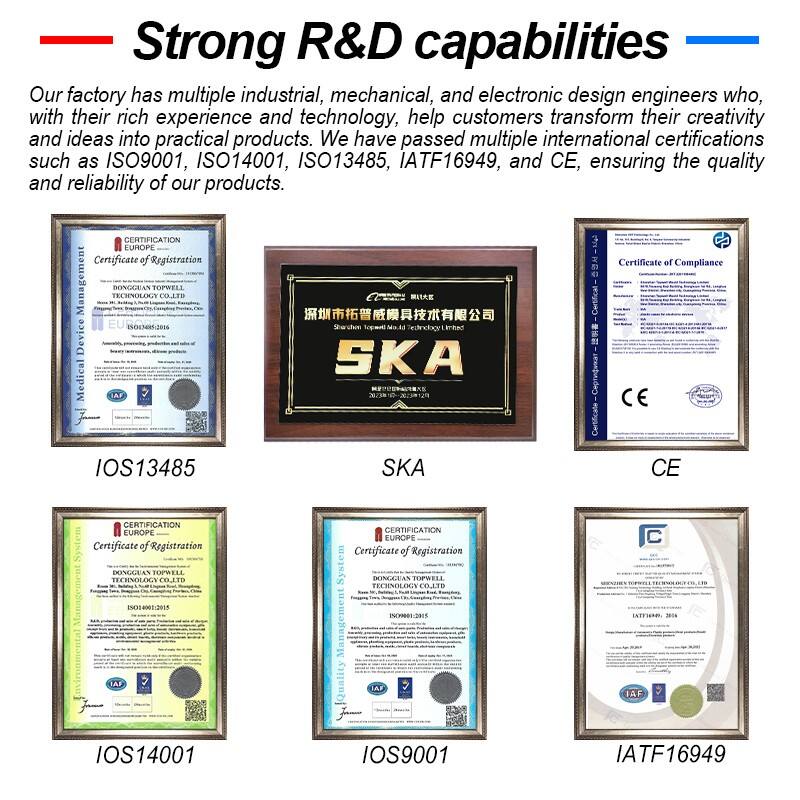
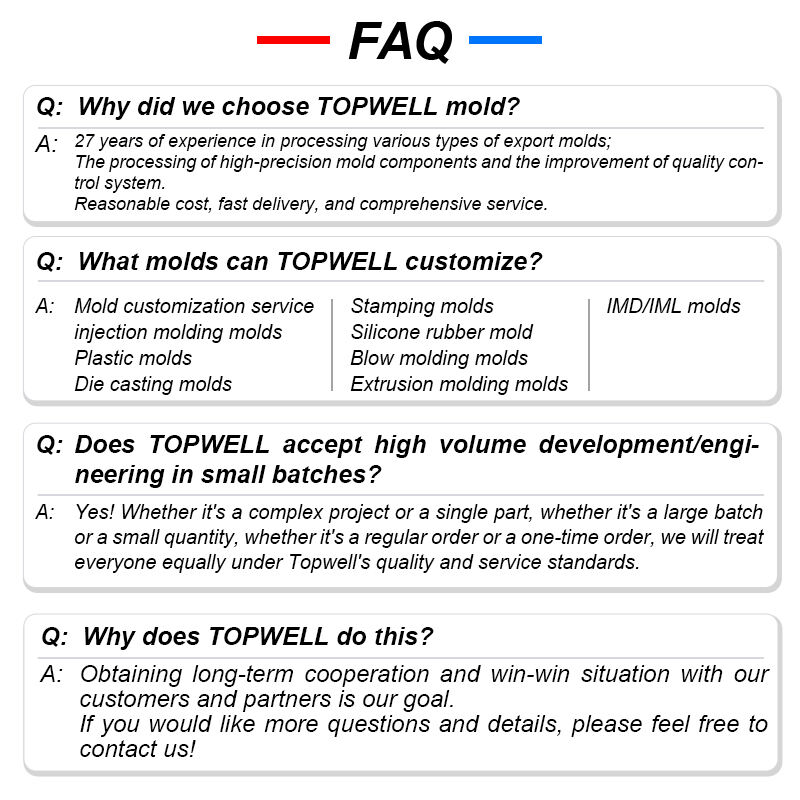



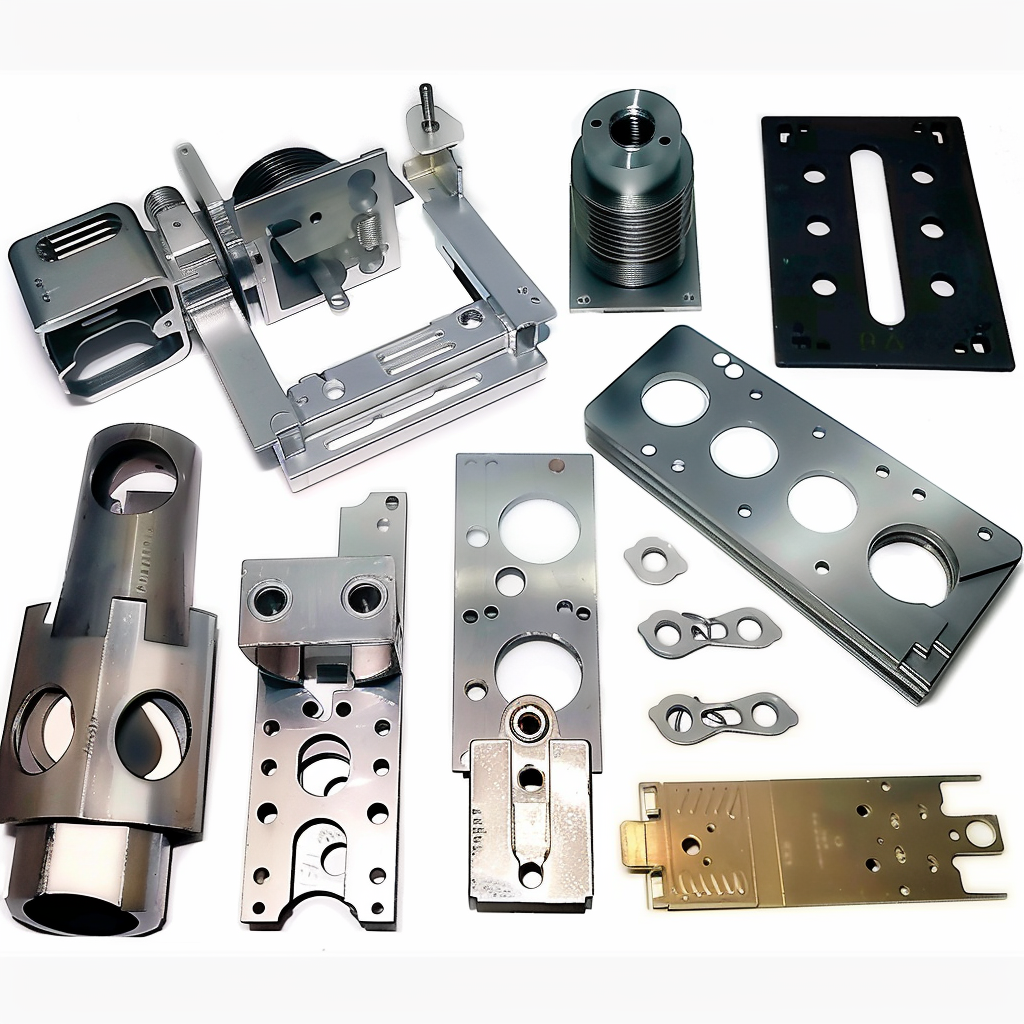
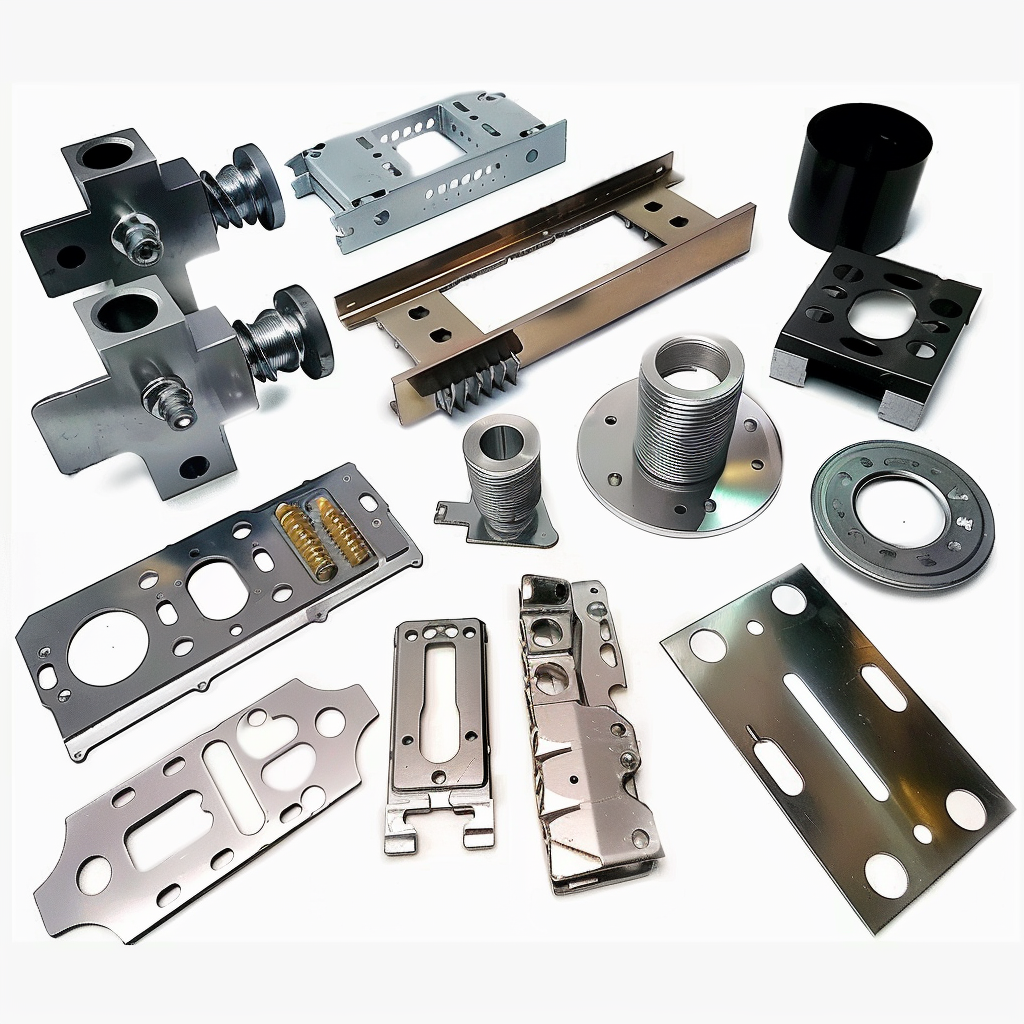
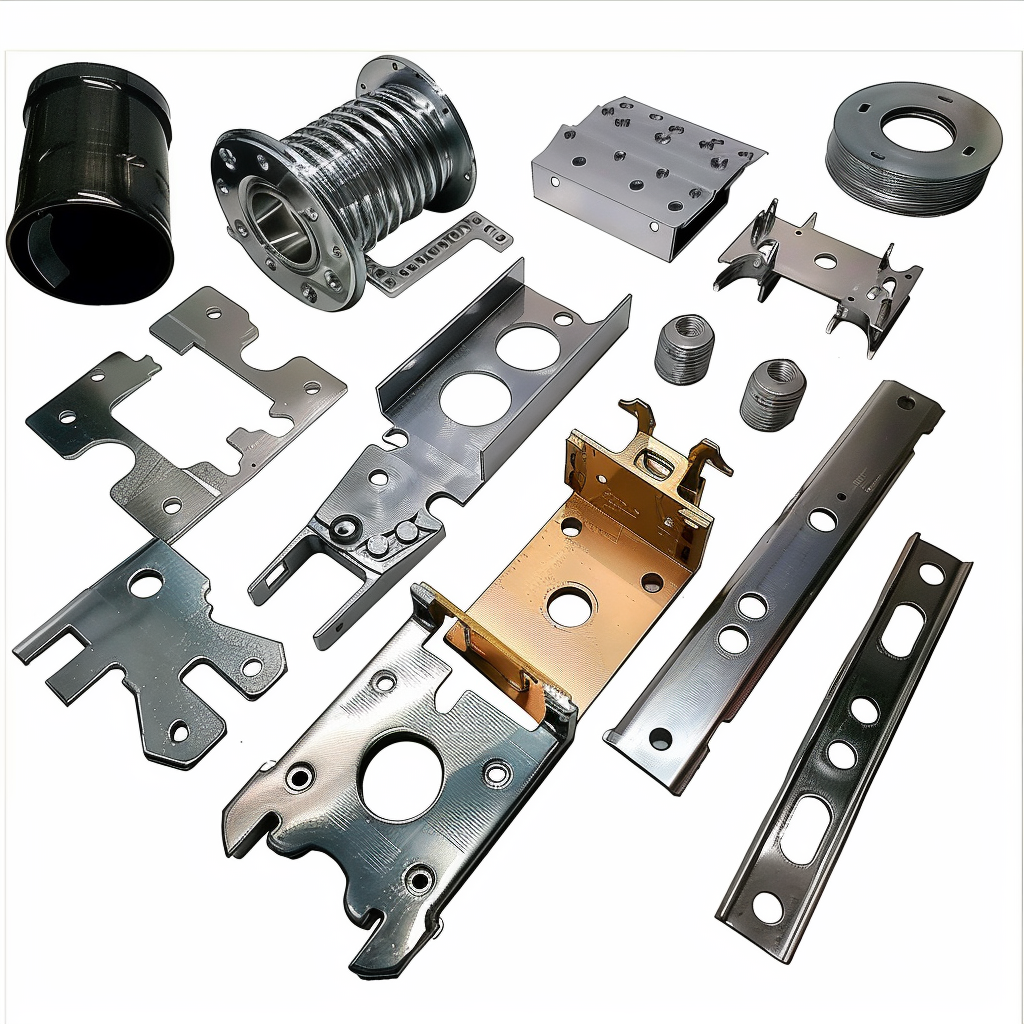
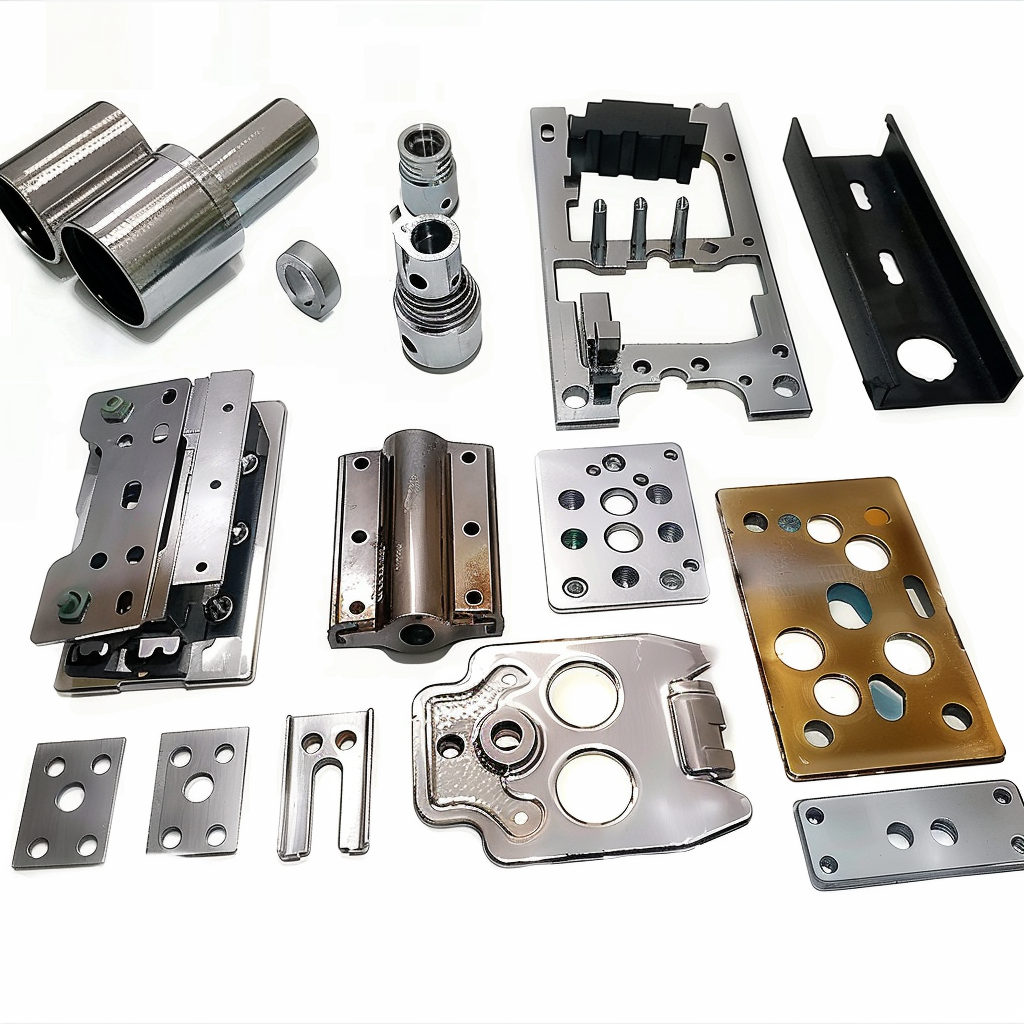
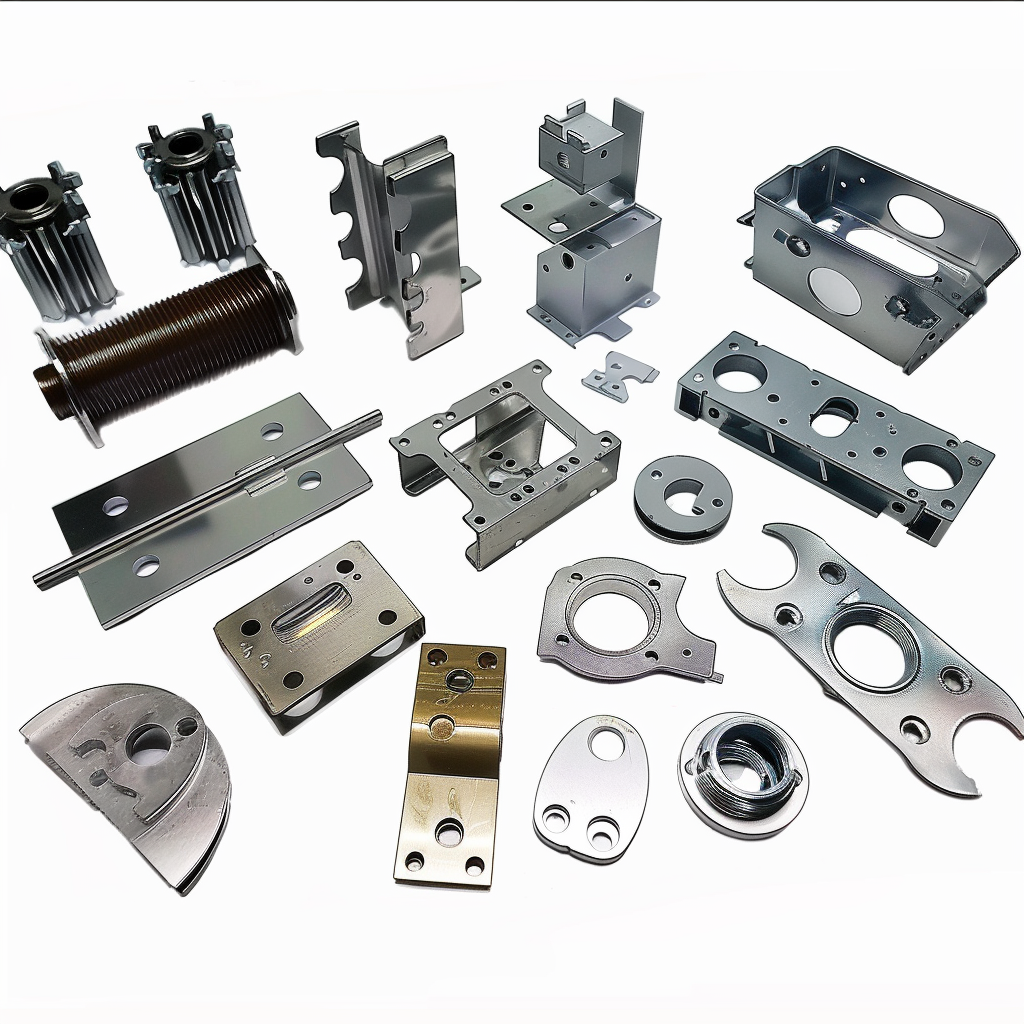
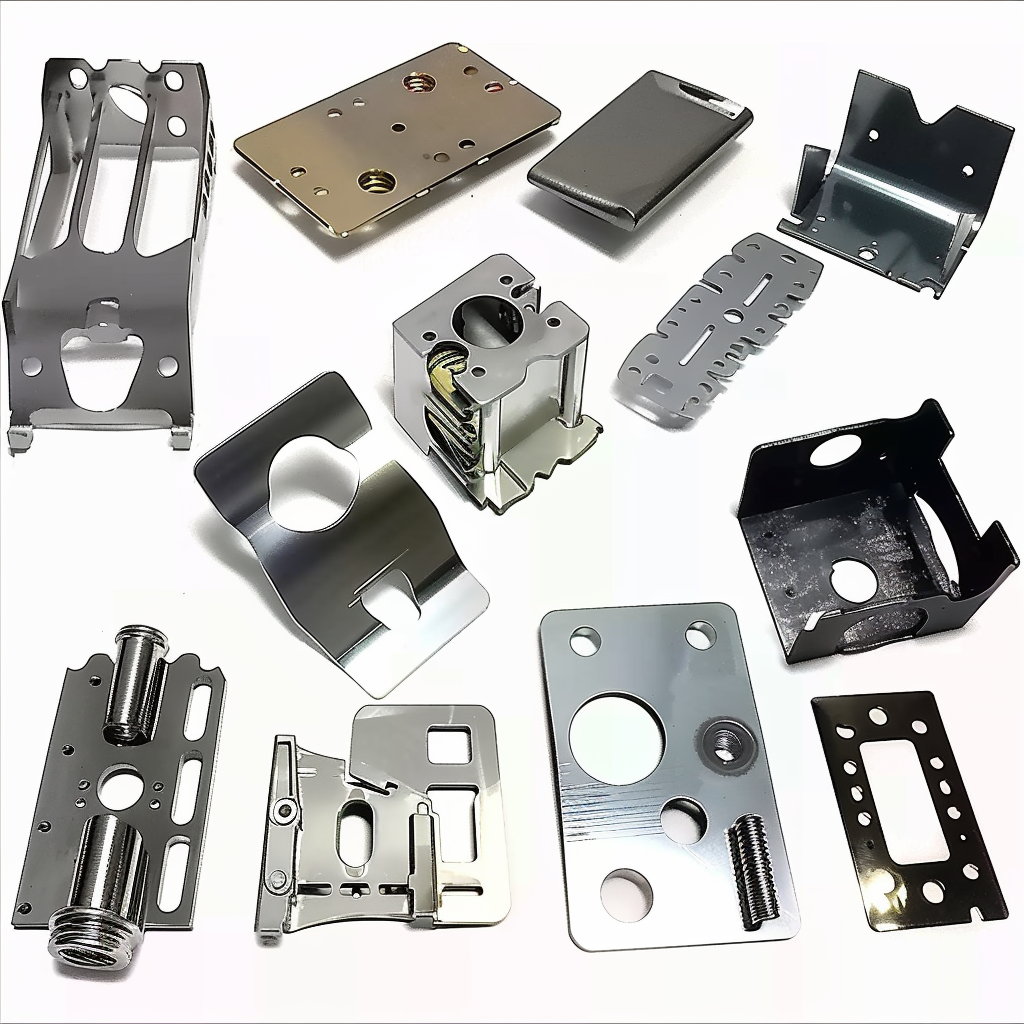
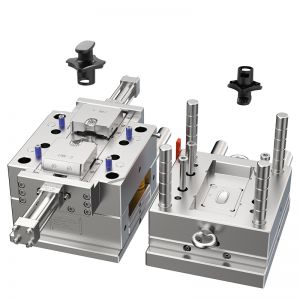
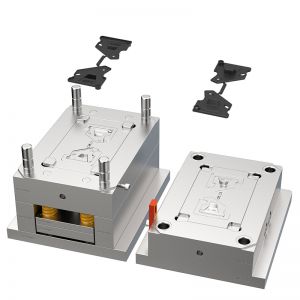
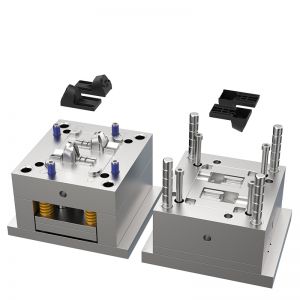
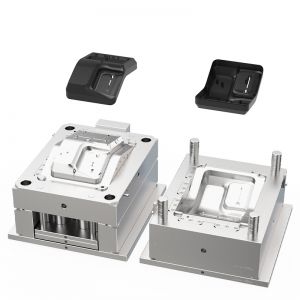
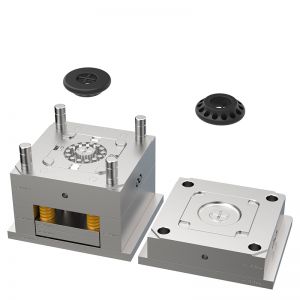
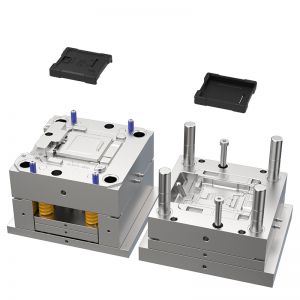
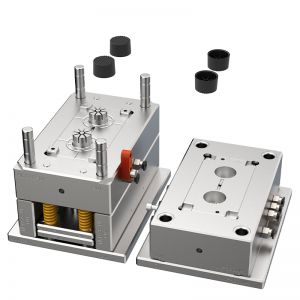
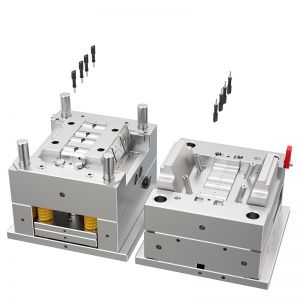
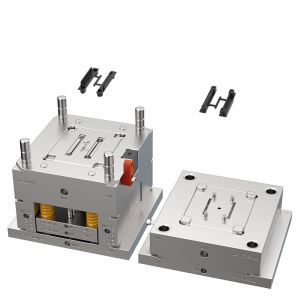
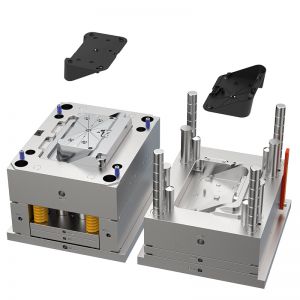
 ONLINE
ONLINE